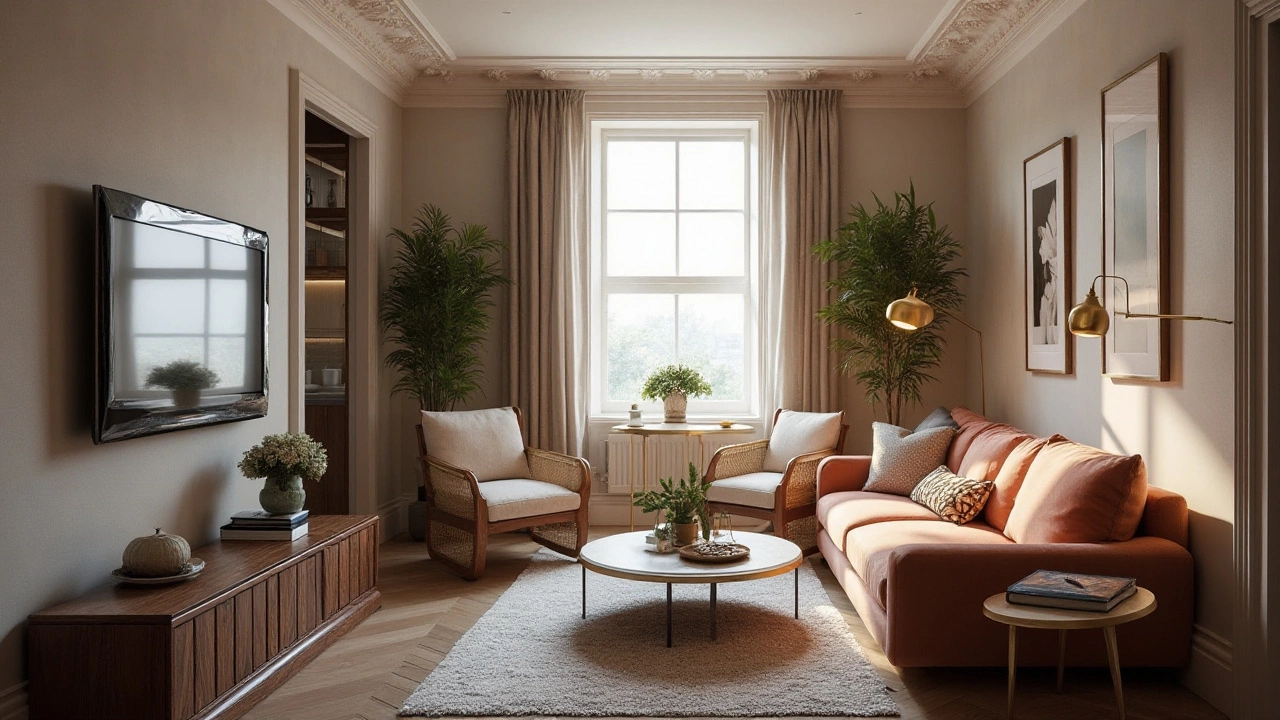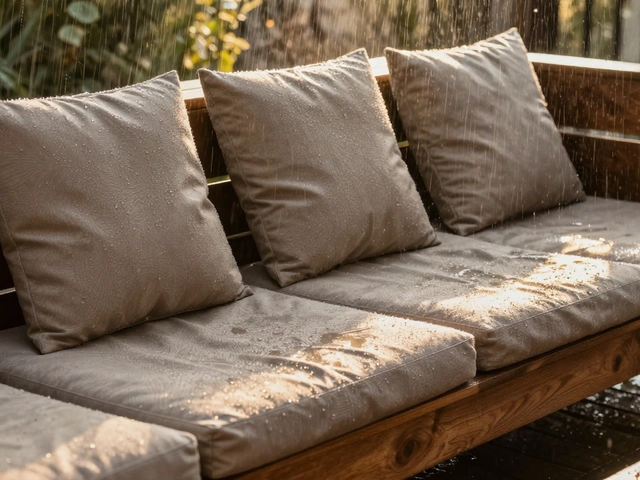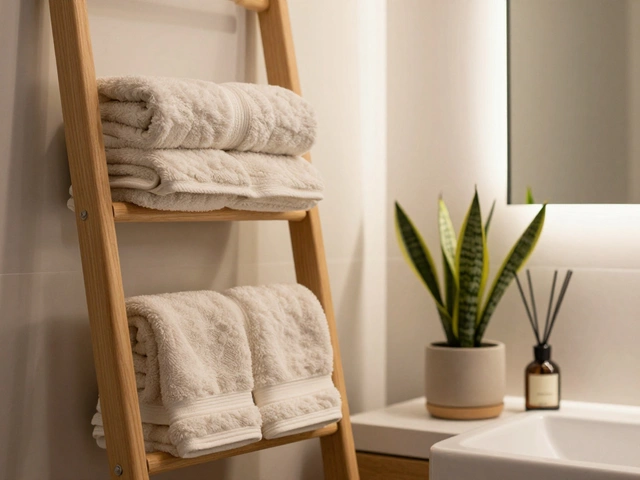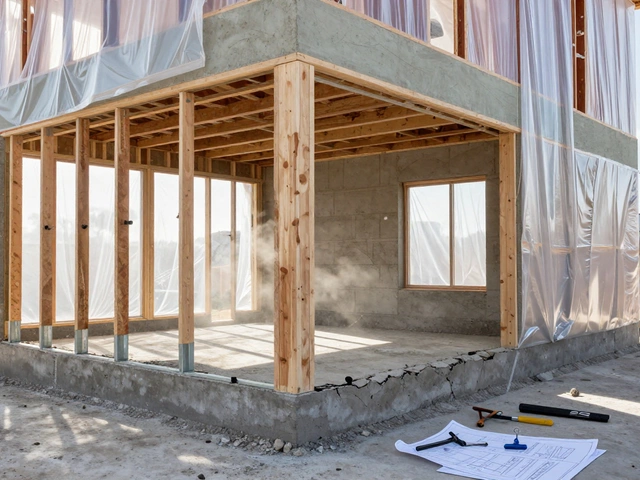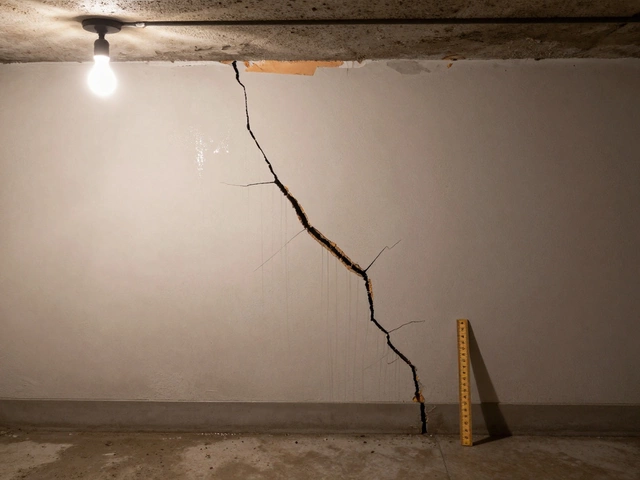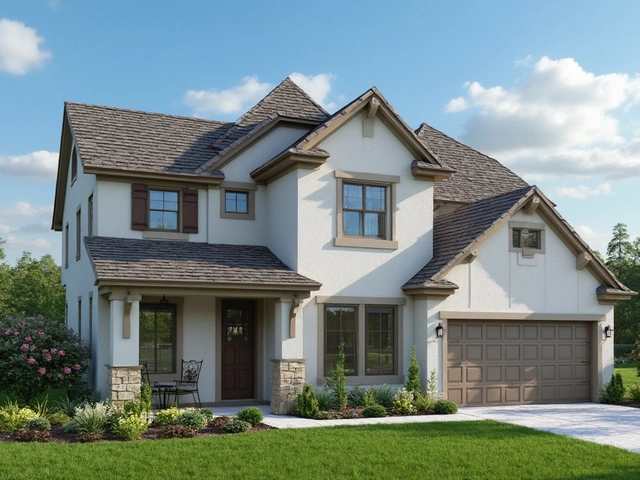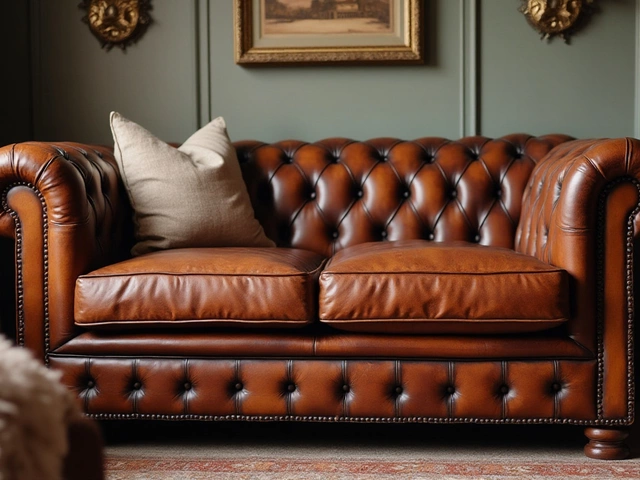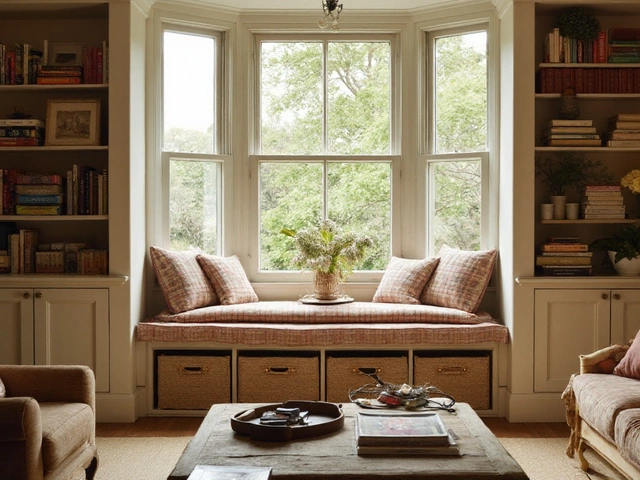Interior design isn't just about choosing pretty colors or stylish furniture. It's an intricate dance of creativity and practicality, where every decision influences how a space will feel and function. For many, the hardest part of interior design is working within the space available while creating an environment that feels expansive and inviting.
Equally challenging is finding the right balance between aesthetics and practicality. It's about more than creating a visually pleasing space—it's about ensuring every piece chosen serves a purpose and fits seamlessly into daily life.
Budget constraints add another layer of difficulty, often requiring creative solutions to achieve the desired look without overspending. Effective communication with clients is crucial in realizing their vision while staying honest about what is feasible.
Finally, keeping up with the ever-evolving trends in design demands constant attention and adaptability. This article explores these challenges and provides insights and tips on how to turn these obstacles into opportunities for creating beautiful, functional living spaces.
- Understanding Spatial Constraints
- Balancing Aesthetics and Functionality
- Working Within Budget Limits
- Effective Communication with Clients
- Staying Updated with Trends
Understanding Spatial Constraints
Crafting an inviting and efficient layout within a limited area is one of the most intricate puzzles in interior design. For designers, the space presents a set of unique challenges that require both creativity and precision to solve. With modern living spaces often shrinking due to urbanization, maximizing every square inch becomes imperative. A well-thought-out design not only enhances functionality but also creates an illusion of spaciousness that defies the physical limitations.
One of the first steps in tackling a small space is to carefully assess its dimensions and elements. Recognizing high-traffic areas and flow can influence where furniture placement will be most effective. It's essential to avoid overcrowding, which can make even a well-lit room feel claustrophobic. Smart use of mirrors and light colors can amplify visual space, tricking the eye into seeing a larger area. Multi-purpose furniture, such as nested tables or sofa beds, ensures that every piece serves double duty, enhancing both aesthetics and utility.
Considering vertical dimensions can offer additional solutions. Utilizing height with tall bookcases or hanging planters can draw the eye upward, emphasizing room height. This technique not only maximizes available space but also introduces layers to the room's design narrative. Built-in shelving or under-stair storage can transform awkward nooks into functional assets. According to designer Nate Berkus, "Design is about making people happy either functionally, aesthetically, or emotionally." His words underscore the importance of thoughtful design that both meets practical needs and uplifts the spirit.
Communication with clients is key when managing spatial constraints. Conversations should cover their lifestyle needs and daily habits to ensure the space is tailored to fit their unique requirements. It's important always to involve the client in the creative process, considering their input on colors, textures, and lighting while steering them toward practical solutions. Designers often use digital rendering tools to help clients visualize the proposed layout, helping to mitigate any apprehensions about space limitations. By setting realistic expectations early, designers can maintain a collaborative relationship that leads to successful project execution.
Understanding spatial constraints also means staying informed about innovative design solutions that continuously emerge within the industry. As trends evolve, materials and furniture designs adapt, offering new inventive ways to manipulate space. Designers who keep abreast of these advances can incorporate novel techniques that transform a small space into a functional sanctuary without compromising style.
Balancing Aesthetics and Functionality
When it comes to interior design, one of the greatest challenges is achieving harmony between aesthetics and functionality. It’s not just about making a space look good; it’s about ensuring everything within that space serves a purpose and enhances everyday living. Designers often find themselves walking a tightrope, where a single misstep could compromise either the style or the practicality of the room.
Consider, for instance, the living room. This is a multi-functional space where beauty and utility must coexist. While it’s tempting to fill the room with stunning yet impractical furniture, designers need to factor in how the space will be used daily. Families might need a durable, spacious sofa that withstands children and pets, while simultaneously wanting a sleek, modern look. A clever way to address this is by choosing modular furniture that can adapt to different needs, or opting for fabrics that are both attractive and easy to clean.
Another example is the kitchen, a space that thrives at the intersection of beauty and function. An aesthetically pleasing kitchen invites you to linger, to enjoy cooking and gathering, yet it must also provide efficient workspaces and ample storage. Designers might choose open shelving for its airy appeal, but balance this with cabinets to keep clutter at bay. Additionally, selecting high-quality, energy-efficient appliances ensures practical needs don't overshadow visual appeal. According to the National Kitchen & Bath Association, a well-designed kitchen should have a workflow that enhances efficiency, emphasizing the importance of practicality alongside design.
Strategies for Success
To maintain this balance, designers often begin by identifying the key functions of a space. What are the daily tasks or occasional events it will host? They might survey clients to pinpoint their priorities. Is it a family room emphasizing comfort and durability, or a chic lounge area perfect for entertaining? With these insights, designers can tailor their choices, ensuring each piece contributes meaningfully to both form and function.
One strategy is adopting a minimalistic approach, which emphasizes essential items that offer both style and utility. Minimalism doesn’t mean sparse; instead, it's about making deliberate choices that enhance the space’s function without sacrificing aesthetic value. This approach often results in cleaner, more open spaces that feel both modern and inviting.
"Good design is not just about aesthetics; it's about making things work beautifully," noted Dieter Rams, a respected industrial designer known for his principles that have influenced design philosophy globally.
Moreover, flexible design elements like movable walls or multipurpose furniture pieces provide dynamic solutions that cater to both aspects of design. An ottoman that doubles as storage, or a dining table that converts into a work desk, exemplifies the seamless integration of function within style.
Embracing Technology
Finally, technology plays a significant role in balancing these two aspects. Smart home systems, for example, blend seamlessly into designs while offering advanced functionality that enhances everyday living. From automated lighting tailored to mood and time of day, to smart thermostats that maintain comfort efficiently, technology is a tool that, when wielded wisely, beautifully integrates purpose without compromising the visual appeal. As the interior design industry continues to evolve, mastering the art of balancing aesthetics and functionality remains a testament to creativity, adaptability, and innovation.
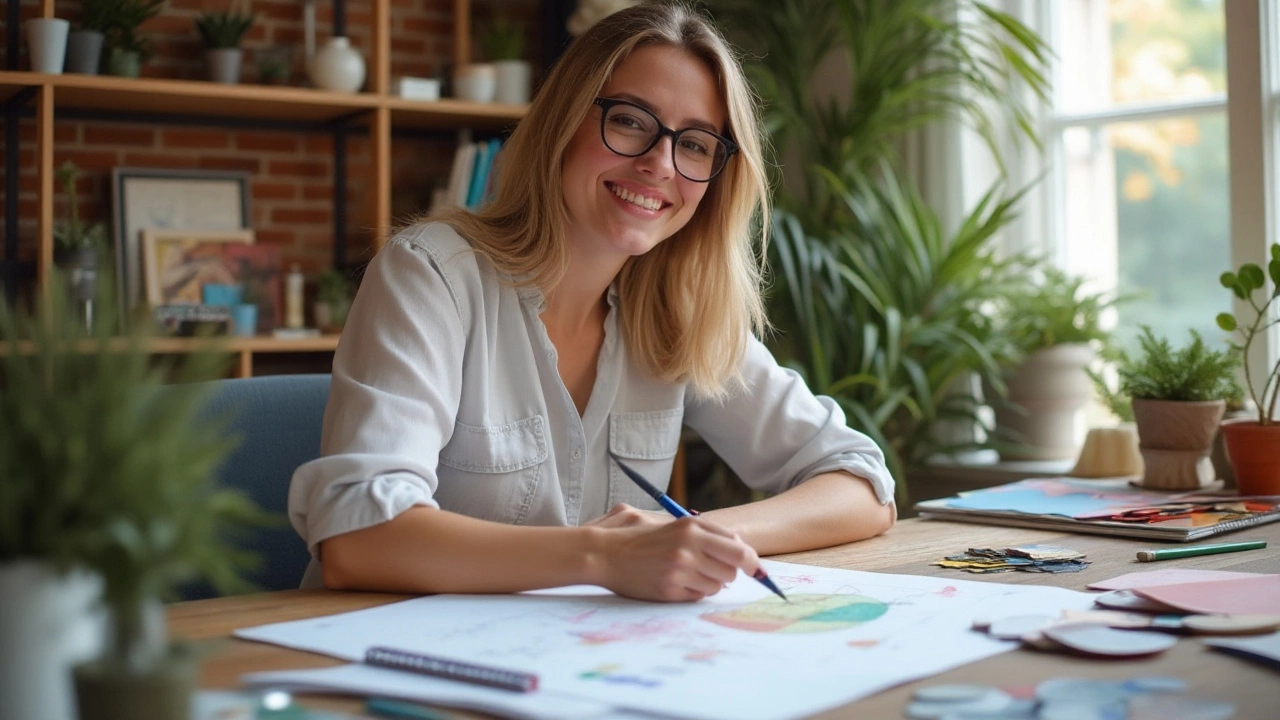
Working Within Budget Limits
Navigating financial constraints is arguably one of the most daunting yet thrilling aspects of interior design. It demands creativity, resourcefulness, and plenty of patience. Budgeting effectively is not just about cutting costs; it's about intelligent allocation of resources to get the most out of every dollar spent. Often, this is where the creative spirit of design truly shines, as necessity becomes the mother of invention. Designers must assess the most impactful areas where investments will yield the best return, strategically choosing materials, finishes, and furnishings. This requires a careful analysis of the client's needs and desires, aligned with what the space can support financially.
A common strategy is to prioritize spending on foundational elements that define the space, like floors, walls, and large furniture, which often serve as the room's anchors. By doing this, you can ensure longevity and avoid trends that may quickly become obsolete. Allocating funds here allows for greater flexibility elsewhere, freeing up room to explore different styles of accessories and accents that can be easily changed over time. Modern tips also include mixing high-end pieces with more affordable finds to create an atmosphere of bespoke luxury without the excessive price tag.
Implementing a clear plan from the start is crucial. A detailed budget breakdown, listing each aspect of the project and its associated costs, helps avoid overspending. An organized approach not only clarifies where money is going but also highlights areas where you might need to pull back or reconsider options. Regular reviews of this budget relative to ongoing expenses ensure that the scope of work remains feasible.
"A budget tells us what we can’t afford, but it doesn’t keep us from buying it." - William Feather, renowned author and publisher
Seasoned designers suggest reserving a portion of the budget—typically around 10%—as a contingency for unforeseen expenses or to take advantage of unexpected opportunities. This financial cushion can alleviate pressure if a must-have piece appears or if there are minor surprises in the renovation process. It’s a practical approach that keeps the design process fluid and enjoyable rather than stressful. Moreover, savvy designers keep an eye on different sales periods and wholesale options. Participating in auctions or browsing second-hand shops can yield high-quality, unique pieces that maintain the integrity of a high-budget appearance at a fraction of the cost. These methods combine the practicality of a tight budget with the unbridled creativity that makes home decor both a science and an art.
- Assess and prioritize key design elements
- Mix high-end with cost-effective pieces strategically
- Maintain a detailed budget plan and review regularly
- Reserve a contingency fund for adjustments
- Explore auction houses and second-hand markets for unique finds
Ultimately, working within budget limits compels both designers and clients to exercise deliberate choices, focusing on value and originality rather than excess. It's about proving that elegance need not come with a massive price tag but can flourish within well-considered financial guidelines. And such is the true artistry of interior design, turning the challenge of budget constraints into an opportunity for innovation and inventiveness.
Effective Communication with Clients
Engaging with clients in the field of interior design requires more than just an initial meeting and a handshake. It’s a dynamic relationship built on trust and understanding, where the designer works akin with the client to transform their vision into a tangible reality. Success in this endeavor hinges on effective communication, which is the bedrock of any productive collaboration. Without clear exchanges of ideas and feedback, even the grandest creative visions can fall flat.
Firstly, establishing clear expectations is paramount. Before diving into design specifics, it's essential for both parties to agree on project timelines, budget limitations, and the desired scope of the work. A detailed project brief, which outlines all these aspects, can serve as a reference point throughout the process. This document not only helps in steering the project but also acts as a safeguard against potential misunderstandings. For instance, discussing the budget openly from the start enables designers to tailor suggestions that align with fiscal realities, thus avoiding any disappointments.
Active listening is another crucial component. Often, clients may not articulate their design preferences clearly. They might have vague ideas or contrasting desires, such as wanting a space to feel both modern and traditional. Here, the designer's ability to listen actively and ask probing questions becomes crucial. By deeply understanding these nuances, designers can read between the lines and propose solutions that reflect the clients' true desires. A structured feedback loop can be immensely beneficial here, allowing clients to share their thoughts on design drafts regularly.
Utilizing visual aids can significantly enhance communication. Clients often struggle to visualize design concepts that exist only on paper or in the designer's mind. 3D renderings, mood boards, or augmented reality tools can bridge this gap. By creating tangible representations of ideas, clients can better grasp what the final outcome might look like, leading to more informed decisions and modifications along the way. As interior designer David Easton once said,
“Good design is all about making other designers feel like idiots because that idea wasn't theirs.”This quote highlights the essence of showcasing unique ideas that resonate with the client’s taste.
Regular updates are vital in maintaining momentum and trust throughout the project. Design projects can span several months, during which the initial excitement might wane. Scheduled updates keep clients engaged and reassured that their investment is actively progressing. These updates needn’t be overly formal—sometimes a casual check-in can reinforce confidence. With emerging technology, platforms like Slack or dedicated project management tools can facilitate seamless communication 24/7, ensuring that no query goes unanswered.
Finally, it's important to remember that effective communication is a two-way street. Encouraging clients to express their doubts or provide criticisms is just as crucial as the designer articulating their plans. Open channels for feedback cultivate an environment where ideas flourish beyond the initial scope, sometimes leading to designs that exceed client expectations. This mutual exchange not only enhances project satisfaction but also strengthens the professional relationship, often leading to recommendations and further work.
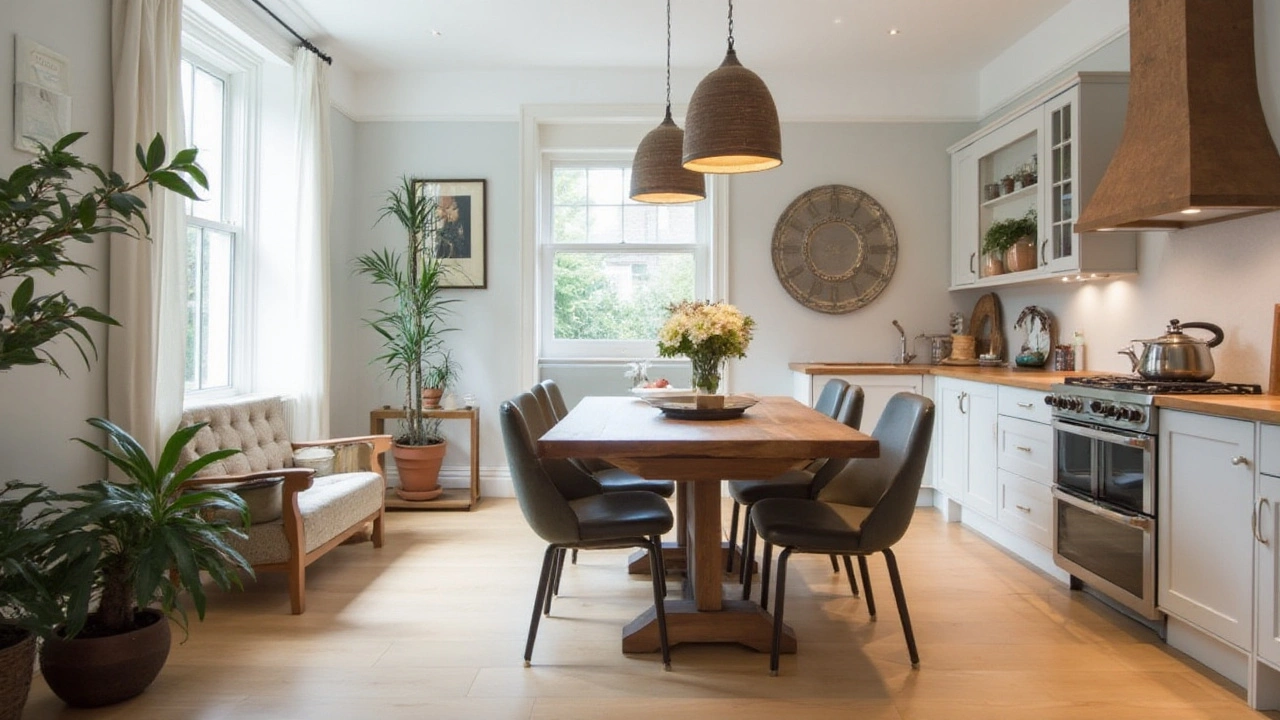
Staying Updated with Trends
In the vibrant world of interior design, staying ahead of trends is crucial. It involves not just observing aesthetic shifts but understanding the societal and cultural forces driving these changes. For an interior designer, being trend-savvy provides the edge needed to offer clients something fresh and innovative. The challenge is in filtering the influx of information to identify trends that resonate with enduring appeal. Daily, trends emerge from various sources, including fashion, technology, and even environmental movements. Each influences what people want to see in their homes, whether in color choices, materials, or layout preferences.
A key to staying updated is mixing traditional research with digital innovation. Design challenges require you to utilize platforms like Instagram and Pinterest, where visual trends surface rapidly. Attending design expos such as Salone del Mobile in Milan offers on-ground, immersive experiences, providing firsthand interaction with cutting-edge designs and products. Keeping up with trade publications like Architectural Digest and Elle Decor can also be invaluable. They offer deep dives into trend analysis and expert opinions, which are especially helpful for gaining nuanced understanding.
“To see a trend, you must understand design's past,” explains Jonathan Adler, a renowned designer known for his eclectic style. His words remind us that trends often revive or reinterpret styles from previous decades, adding a cyclical nature to the industry.Design is as much a look back as it is forward, constantly reviving classic elements with a contemporary twist. In recent years, sustainability has become a powerhouse trend driver. As more clients seek eco-friendly options, designers are leaning into sustainable materials like bamboo and recycled metals, forcing a reevaluation of traditional design practices.
Utilizing technology can also offer invaluable insights. AI-driven analytics help predict which design elements consumers might find appealing in the future based on current buying patterns and data. These predictive tools can pinpoint promising trends, allowing you to focus your efforts on what will truly captivate audiences. Digital platforms provide access to global trends that might otherwise be geographically siloed, broadening your toolkit beyond local demands.
To really excel in integrating current trends, consider joining professional networks like the American Society of Interior Designers or the International Interior Design Association. These groups not only provide updates on industry standards and new innovations but also facilitate connections with other designers who share insights on trend evolution. Rely on this professional ecosystem to vet and verify trends that truly have staying power.
